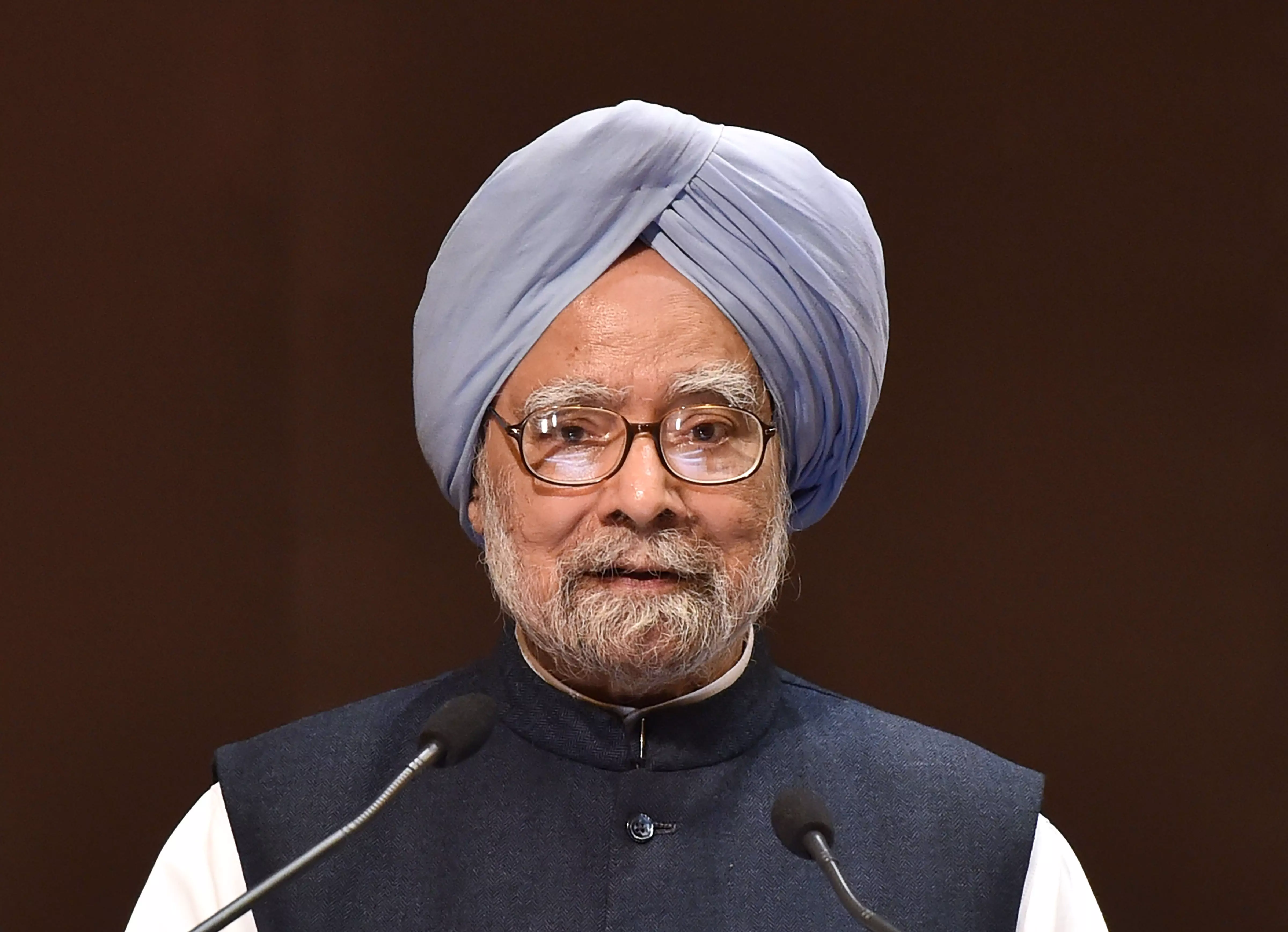Dr Manmohan Singh's Legacy in Telangana Statehood and Development

Hyderabad:The people of Telangana remembered the pivotal role played by then Prime Minister Dr Manmohan Singh in the realisation of their six-decade-long dream for statehood.
Telangana statehood, which became a reality on June 2, 2014, during the Congress-led UPA government’s tenure, stands as one of the defining legacies of Dr Singh's leadership.
The process for Telangana’s statehood was first initiated on December 9, 2009, when then-Home Minister P. Chidambaram, in Dr Singh’s government, announced the Centre’s intent to bifurcate Andhra Pradesh. Despite intense protests from both the Telangana and Seemandhra regions, as well as opposition within the Congress, Dr Singh remained resolute, honouring the Congress’s 2004 election promise to address the Telangana issue.
In a bid to build consensus, Dr Singh appointed the Justice Sri Krishna Committee in 2010 to hold consultations with stakeholders across Andhra Pradesh. This groundwork paved the way for the drafting of the AP Reorganisation Act, 2014, overseen by Jairam Ramesh, a Cabinet minister in Dr Singh’s government.
The Bill successfully passed the Lok Sabha on February 18, 2014, and the Rajya Sabha on February 20, 2014, despite fierce resistance and threats to its majority. During the Rajya Sabha proceedings, Dr Singh assured measures to safeguard the interests of the residuary state of Andhra Pradesh, helping to secure the Bill’s passage.
Apart from Telangana’s statehood, Dr Singh also played a vital role in Hyderabad’s development. His government approved ₹1,639 crore under the Viability Gap Funding (VGF) scheme, enabling the construction of the Hyderabad Metro Rail project, which transformed the city into a global hub of connectivity and commerce.
Dr Singh’s commitment to sustainable development was evident when India hosted the United Nations Convention on Biological Diversity (CBD) in Hyderabad from October 8–19, 2012. At the conference, the largest of its kind held in India, Dr Singh pledged $50 million for biodiversity conservation, showcasing India’s dedication to environmental stewardship on the global stage.
Dr Singh attended the CWC meeting held in Hyderabad during the tenure of then-Chief Minister Y.S. Rajashekar Reddy, in 2005.
In September 2009, Dr Singh visited CM's camp office in Begumpet to pay floral tributes to the remains of Rajasekhar Reddy who died in a helicopter crash.
In February 2013, Prime Minister Manmohan Singh visited a hospital in Hyderabad to meet the those who were injured in the twin bomb blasts which killed over 16 people and injured many. Two bombs exploded within a span of minutes at Dilsukhnagar in Hyderabad on February 21, 2013. Dr Singh sanctioned `2 lakh each for the families of those killed and `50,000 each to those seriously injured from the Prime Minister’s Relief Fund.
Today, as Telangana thrives as India’s youngest state, its citizens and leaders alike reflect on the unwavering determination and leadership of Dr Singh, whose vision and resolve turned their dream into reality.

